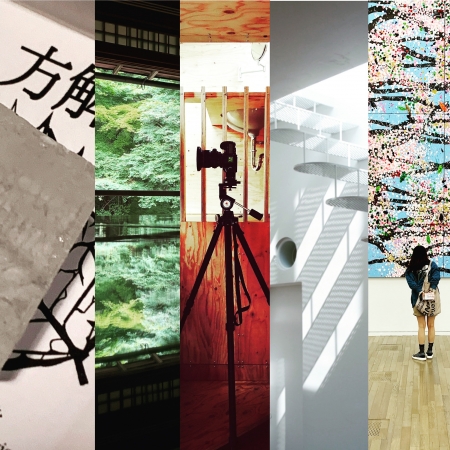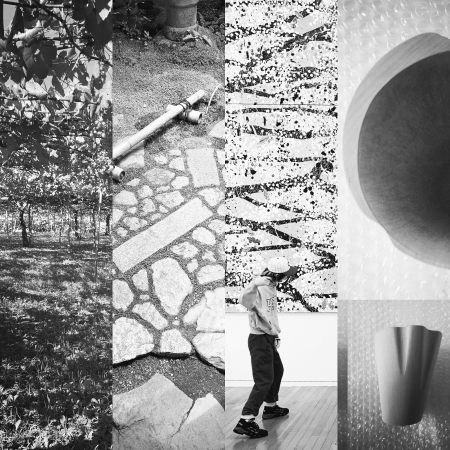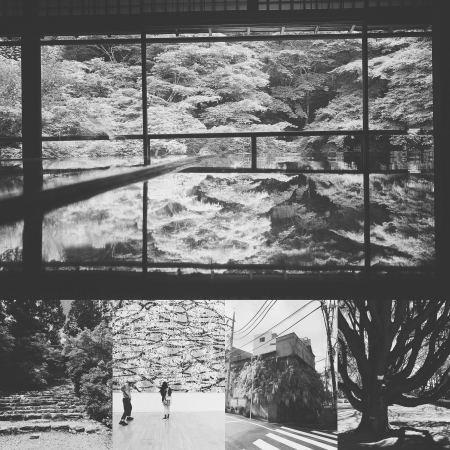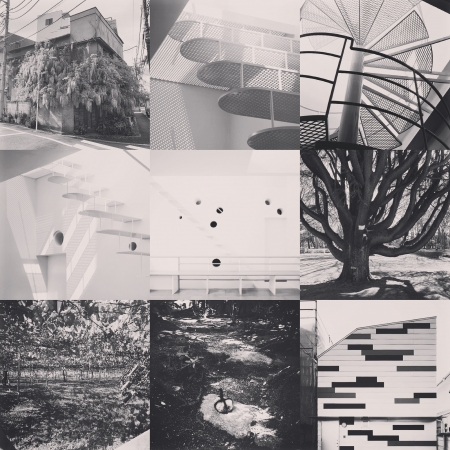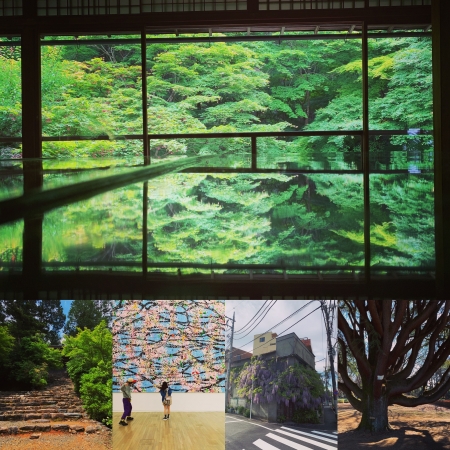見えていないものを見るためには
普段意識していないことは見えないと考えると、その時々にはほとんどのことが見えていないと思った。目の前にあったとしても何気なくそれを見ているだけでは見えていない。見えていないものを見えるようにするには認識を変えるしかないのかもしれない。認識は自分が勝手につくり出したものであれば、自分で変えることができる。その時に人は知識が必要だと言い、本を読む必要があると言う。認識を変えるには知識を増やすしかないと言う。本を読む目的はアウトプットのためだと考えている。先にアウトプットが無く本を読んでいたら、増える知識に比例して満たされない想いだけが募るばかりであり、それで認識が変わることは無く、結局は見えないままである。
"To See the Unseen"
When I thought that I couldn't see things that I wasn't usually conscious of, I thought that most of the things I couldn't see at that time. Even if it's right in front of you, you can't see it if you just look at it casually. Perhaps the only way to make the invisible visible is to change our perception. Perceptions can be changed by oneself if they are created by oneself. Then people say they need knowledge, they say they need to read books. He says that the only way to change perceptions is to increase knowledge. I think the purpose of reading books is for output. If you read a book without any output first, only unsatisfied feelings will arise in proportion to your increasing knowledge, and your perception will not change, and in the end you will remain invisible.

